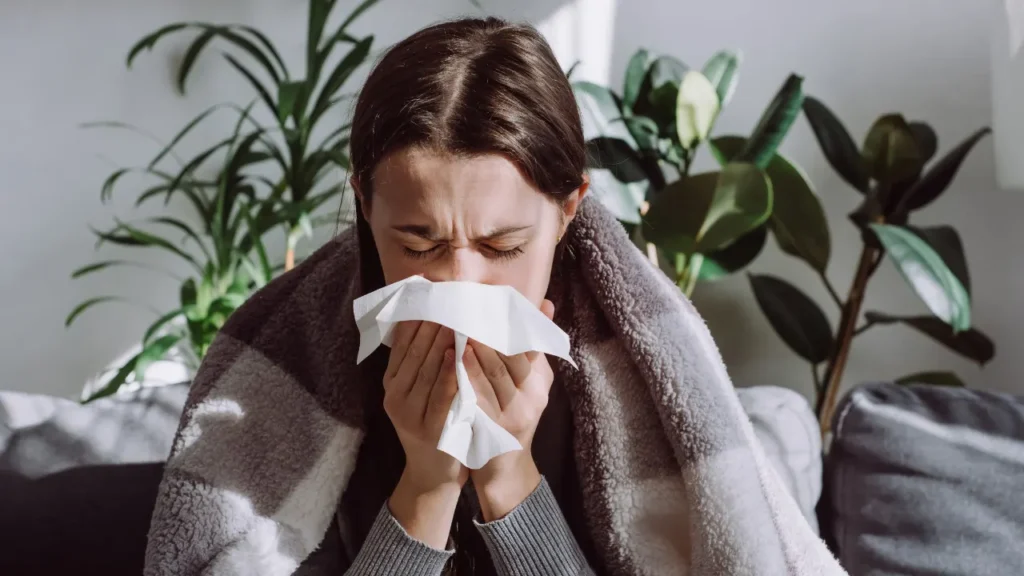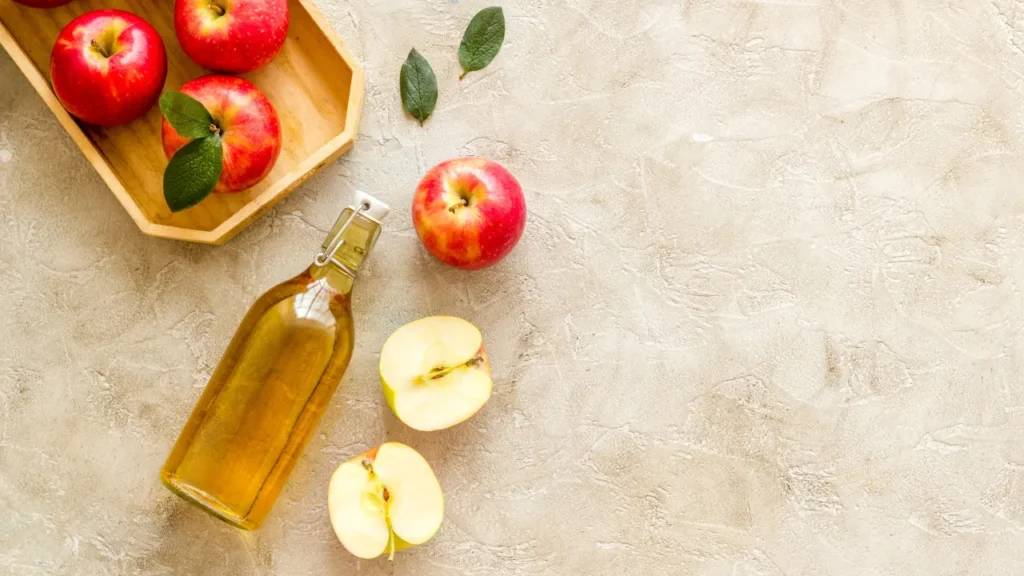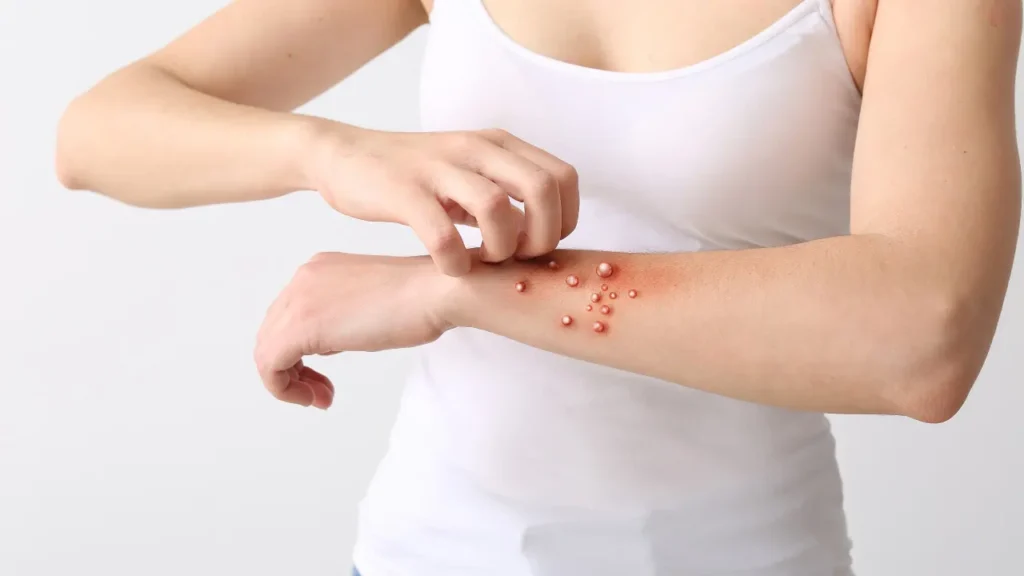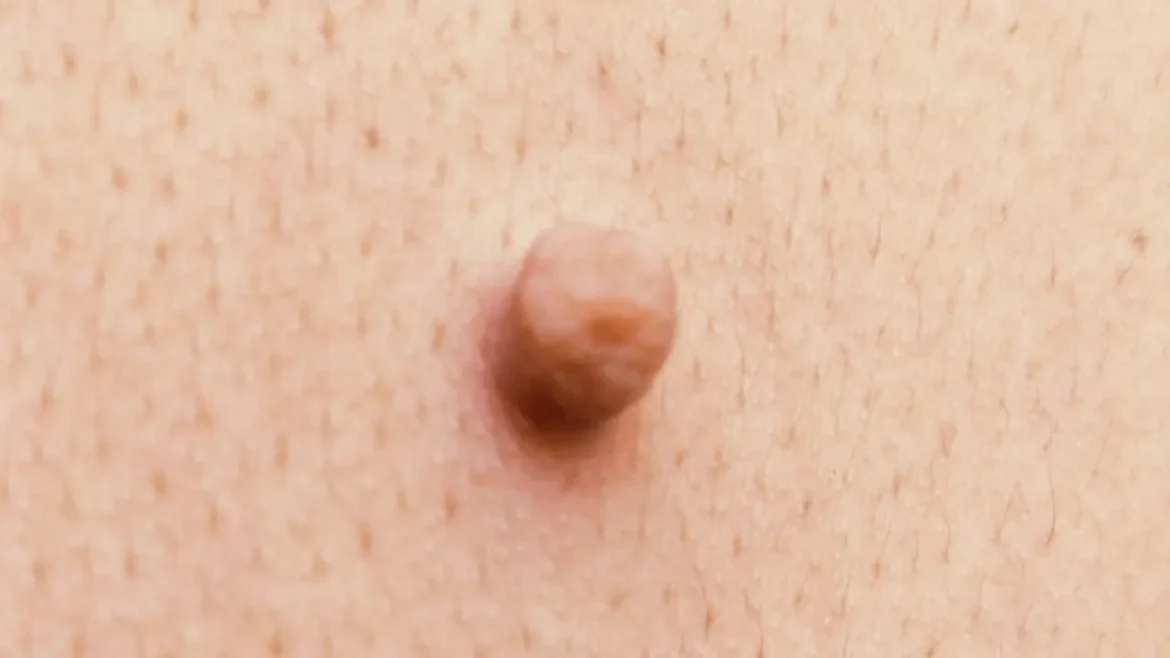Description
Molluscum Contagiosum virus (MCV) is the cause of the benign skin infection Molluscum Contagiosum. Minor, flesh-colored, or pink papules that form on the skin are indicative of the illness. Although Molluscum Contagiosum typically resolves on its own, the lesions might persist, posing discomfort and aesthetic risk. Lesions of Molluscum Contagiosum often appear as hard, dome-shaped papules having a white core or central depression. Although these papules are often harmless, they may become irritated or infectious if they are scratched. Although the lesions can develop anywhere on the body, they most frequently affect the neck, face, armpits, hands, and genital region.
You May Also Like:
CBD CONTRACT MANUFACTURER –TOP 5 BEST IN CLASS FOR 2022
AUTOIMMUNE HEMOLYTIC ANEMIA (AIHA): DESCRIPTION, CAUSES, AND TREATMENT PROTOCOL
Molluscum Contagiosum: Description, Causes, And Treatment Protocol is an original (HealthXWire) article.
Possible Causes
Both direct contact of the skin with someone who is infected and indirect interactions via contaminated surfaces and articles may transmit the infection. Additionally, contacting or rubbing against other body regions could spread the virus. Sexual contact is yet another method of transmission, particularly among adults. Children are more vulnerable because of frequent physical interaction and immature immune systems. The transmission of Molluscum Contagiosum can be stopped by being aware of these causes, practicing excellent hygiene, and avoiding interaction with those who are sick or with their belongings.
Exacerbating & Mitigating Factors of Molluscum Contagiosum
Weakened immunity, routine scratching, or stress to the lesions, along with humid settings are some of the factors that might make Molluscum Contagiosum worse. The virus may spread more quickly through poor hygiene habits and close contact. Maintaining good cleanliness, refraining from scratching lesions, and fostering a strong immune system through appropriate dietary choices and lifestyle choices are examples of mitigating factors.

Standard Treatment Protocol forMolluscum Contagiosum
Physical Removal: Molluscum Contagiosum lesions are typically removed physically using various procedures. Healthcare experts often carry out these operations, which could include:
- Cryotherapy (Freezing)
A cryoprobe or a cryospray is used to apply liquid nitrogen to the lesions. Through the use of freezing, the lesion is removed by destroying the contaminated tissue. It can take several cryotherapy treatments for the symptom to adequately subside.
- Laser Therapy
Molluscum Contagiosum lesions are targeted and removed using laser therapy. With little scarring, it is successful for both single and many lesions.
- Curettage (Scraping)
In this procedure, a sharp instrument called a curette is used to scrape off the lesions from the skin’s surface. Local anesthesia is typically administered to the affect areas before the procedure. Curettage is effective for individual or small clusters of lesions.
Topical Medications: The immune system can be stimulated and Molluscum Contagiosum lesions can be encouraged to retreat with topical medicines. These drugs consist of:
- Retinoid Cream
To increase skin cell turnover alongside accelerating lesion healing, apply topical retinoid creams with tretinoin or adapalene. Usually, people use these lotions once each day for a few weeks.
- Imiquimod Cream
An immunomodulator called imiquimod aids in boosting your body’s natural viral defenses. Usually administered three times each week for a maximum of 16 weeks, it is used topically on the lesions. Redness, itchiness, and irritation on the skin are frequent adverse effects of its usage.


More Treatment Options for Those Living with Molluscum Contagiosum
Invasive Treatments: For severe or persistent instances of Molluscum Contagiosum, invasive therapies may be considered or advised. Healthcare experts typically administer these therapies, which may include:
- Surgical Excision
Molluscum Contagiosum lesions are physically removed during surgical excision employing a scalpel or other surgical tools. Usually, large or stubborn lesions are treated with this technique.
- Cantharidin Application
A type of beetle produces cantharidin, a blistering agent. It is administered to the lesions, resulting in the formation of blisters, which ultimately causes Molluscum Contagiosum lesions to detach. Although this treatment is successful, the application site can feel uncomfortable.
Watchful Waiting: A cautious waiting strategy may be used in some situations, particularly in healthy persons with a few minor lesions. This strategy entails letting the body’s immune response gradually eliminate the illness naturally. By maintaining proper hygiene, preventing scratching, and abstaining from activities that can encourage transmission during this time, it is crucial that one prevents the virus from spreading.
Non-invasive Options
The management of Molluscum Contagiosum may benefit from a number of adjunct treatments and natural remedies as alternatives to regular treatment regimens. Prior to utilizing any alternative therapies, you are advised to seek advice from a healthcare provider because there is insufficient evidence that supports the effectiveness of these treatments. Included among the therapy alternatives and adjunct therapies are:
Over-the-Counter Formulations: Molluscum Contagiosum can be treated with a number of over-the-counter medications, including salicylic acid, tea tree oil, and antiviral creams. Despite being readily available, these products need to be used carefully and according to instructions.
Nutritional Supplements: Supplemental nutrition is not regarded as the main therapy for Molluscum Contagiosum. Nevertheless, maintaining a balanced diet and making sure you get sufficient vitamins and minerals could promote the immune system as a whole and possibly help you recover from viral infections. The usefulness of certain nutritional supplements in treating Molluscum Contagiosum has been supported by only weak evidence; thus, it is best to speak with a healthcare provider before considering supplements. Following are some dietary supplements that are frequently cited in connection with immune support:
- Vitamin A
The immune system depends on vitamin A, which is also important for having good skin. It helps maintain the skin’s natural barrier, which might be beneficial in limiting the development of diseases. Sweet potatoes, carrots, fish, liver, fish liver oil, and green leafy vegetables are all excellent vitamin A sources.
- Vitamin C
Vitamin C promotes the formation of white blood corpuscles and antibodies, both of which are essential for warding off infections. Notable vitamin C sources include citrus fruits, bell peppers, strawberries, kiwis, and green leafy vegetables.
- Vitamin E
Antioxidant vitamin E boosts immune system health and aids in cell damage prevention. Broccoli, spinach, nuts, and seeds are all excellent vitamin E sources.
- Zinc
Cell development and the function of immune cells are two tasks of the immune system that zinc plays. Oysters, steak, chicken, seeds, nuts, and legumes are a few examples of foods that contain them.
Natural and Herbal Remedies: As alternative or supplementary therapies regarding Molluscum Contagiosum, herbal and natural solutions are frequently sought after. The effectiveness of these treatments is not yet fully validated by scientific research, and different people may respond differently. The following represent a few herbal and natural treatments for Molluscum Contagiosum that must be conducted under a healthcare professional’s supervision:
- Apple Cider Vinegar
Several skin diseases can be treated at home using apple cider vinegar. It possesses antibacterial and antiviral qualities. Employing a cotton ball with apple cider vinegar that has been diluted using water, lesions may be treated topically. Nevertheless, there is little scientific evidence for supporting its efficacy in treating Molluscum Contagiosum, while it may irritate some people’s skin.
- Tea Tree Oil
Melaleuca alternifolia tree leaves are the source of tea tree oil, which has antibacterial qualities. The lesions might be treated with it topically and has antiviral properties. Tea tree oil needs to be applied with caution because it has the potential to irritate some people’s skin and trigger allergic responses in others. Before using tea tree oil, it is necessary to dilute it, and one should also conduct a patch test over a tiny patch of skin for verification of any negative responses.
- Aloe Vera
The calming and anti-inflammatory qualities of aloe vera gel are well documented. Although it doesn’t directly attack the virus, it might help with discomfort relief and aid in the recovery of the lesions. To treat the affected regions, one must apply a thin coating of natural aloe vera gel.
- Coconut Oil
Natural moisturizers like coconut oil are frequently utilized for skin care. Although it lacks direct antiviral qualities, it may assist in keeping the skin hydrated and possibly lessen irritation and discomfort brought on by Molluscum Contagiosum lesions. Apply the oil to the regions that are impacted with a small amount.
- Neem Oil
Since ancient times, Ayurvedic medicine has employed neem oil, which is made from neem trees, for its antibacterial characteristics. It might possess potential antiviral properties. Neem oil can be applied topically for treating the lesions. Nevertheless, more investigation is required to confirm its efficacy in treating Molluscum Contagiosum particularly.
When utilizing natural and herbal medicines, it is crucial you use caution. These cures might not be good for everyone because some people might be sensitive to or allergic to particular substances. If people decide on trying natural or herbal therapies, they must pay close attention to how their skin reacts and stop using them if any negative side effects appear. For accurate diagnosis and treatment advice, you should always seek the assistance of a medical expert.


Molluscum Contagiosum:
Conclusion
Molluscum Contagiosum is a painful and unsightly viral infection of the skin. It can be treated with traditional or alternative medicine, best achieved in conversation with your trusted medical professionals. Due to the nature of this infection and its potential to vary in presentation and severity from person to person, non-invasive treatments are available, as well as invasive treatments when necessary. Proper treatment(s) in conjunction with new or existing health lifestyle choices can aid in the relief of the symptoms. Please use this article to remain safe and healthy.


- “Molluscum Contagiosum.” Retrieved from: https://www.cdc.gov/poxvirus/molluscum-contagiosum/index.html#:~:text=Molluscum%20contagiosum%20is%20an%20infection,appear%20anywhere%20on%20the%20body
- “Molluscum Contagiosum.” Retrieved from: https://dermnetnz.org/topics/molluscum-contagiosum
- “Molluscum Contagiosum: Diagnosis and Treatment.” Retrieved from: https://www.aad.org/public/diseases/a-z/molluscum-contagiosum-treatment
- “Molluscum Contagiosum.” Retrieved from: https://my.clevelandclinic.org/health/diseases/12175-molluscum-contagiosum
Important Note: The information contained in this article is for general informational purposes only, and should not be construed as health or medical advice, nor is it intended to diagnose, prevent, treat, or cure any disease or health condition. Before embarking on any diet, fitness regimen, or program of nutritional supplementation, it is advisable to consult your healthcare professional in order to determine its safety and probable efficacy in terms of your individual state of health.
Regarding Nutritional Supplements Or Other Non-Prescription Health Products: If any nutritional supplements or other non-prescription health products are mentioned in the foregoing article, any claims or statements made about them have not been evaluated by the U.S. Food and Drug Administration, and such nutritional supplements or other health products are not intended to diagnose, treat, cure, or prevent any disease.
Table of Contents


